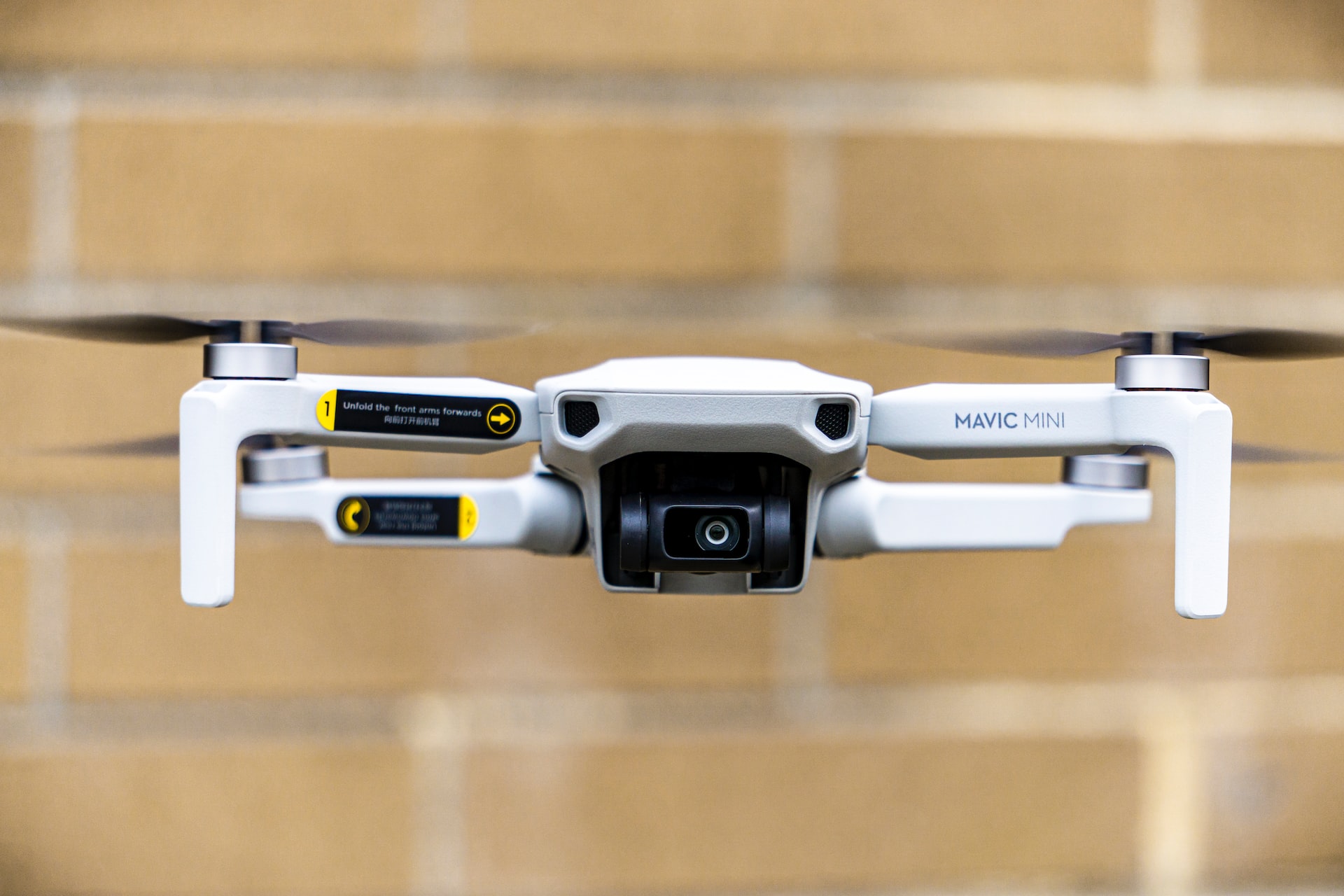The Future of Drone Delivery: What You Need to Know

Drones have revolutionized the way we think about delivery and transportation. In recent years, advancements in drone technology have made it possible to deliver goods directly to customers in a fast and efficient manner. From groceries to medical supplies, the possibilities are endless. The future of drone delivery is exciting and holds immense potential, but there are also several challenges that need to be addressed before it can become a widespread reality.
Benefits of Drone Delivery
One of the main advantages of drone delivery is speed. Drones can bypass traditional delivery methods and reach customers much faster. In emergency situations, this can be a lifesaver. For example, drones can deliver medical supplies to remote areas or transport blood samples to labs for testing. In urban areas, drone delivery can help reduce traffic congestion and cut delivery times from hours to minutes.
Another benefit of drone delivery is cost-effectiveness. Traditional delivery methods can be expensive, especially for remote or hard-to-reach locations. Drones, on the other hand, can deliver goods directly to the customer, reducing the need for intermediaries and lowering costs. In addition, drones can operate 24/7, reducing labor costs and increasing efficiency.
Obstacles to Widespread Adoption
Despite the numerous benefits, there are several obstacles that must be overcome before drone delivery can become a widespread reality. One of the biggest challenges is regulation. Governments around the world are still figuring out how to regulate drone use, and this is particularly true for drone delivery.
For example, there are concerns about privacy, safety, and air traffic control. Drones must be equipped with safety features and follow strict regulations to ensure that they do not pose a threat to people or property.
Another obstacle is the limited range of drones. Currently, most drones have a limited flight range and cannot carry heavy payloads. This makes it difficult for them to deliver goods over long distances, especially in rural areas.
Additionally, drones are vulnerable to interference from weather conditions and can be affected by strong winds and heavy rain. To overcome these limitations, drones must be equipped with more advanced sensors, better navigation systems, and longer-lasting batteries.
The Future of Drone Delivery
Despite the challenges, the future of drone delivery is bright. In the coming years, we can expect to see significant advances in drone technology that will make delivery even faster, more efficient, and more cost-effective.
For example, drones may be equipped with more advanced navigation systems, enabling them to fly longer distances and avoid obstacles with greater precision. Additionally, drones may be equipped with AI-powered sensors, allowing them to operate autonomously and make delivery decisions in real-time.
Conclusion
Drone delivery is a rapidly-evolving technology with immense potential. From faster delivery times to cost savings, drones have the potential to transform the way we think about delivery and transportation. However, there are several obstacles that must be overcome before this technology can be widely adopted.
Governments must regulate drone use, and drones must be equipped with advanced safety features and better navigation systems. Despite the challenges, the future of drone delivery is bright, and we can expect to see exciting advances in the coming years.





